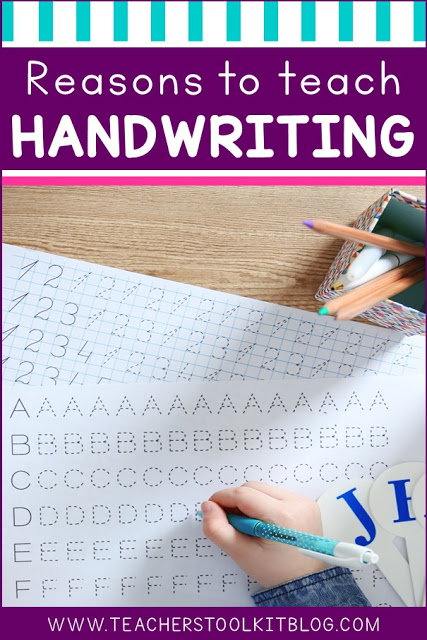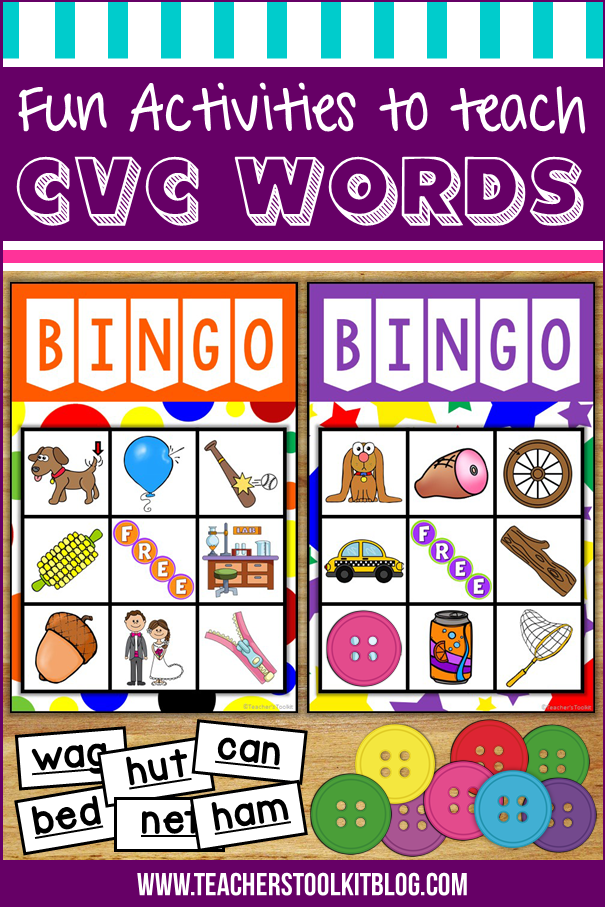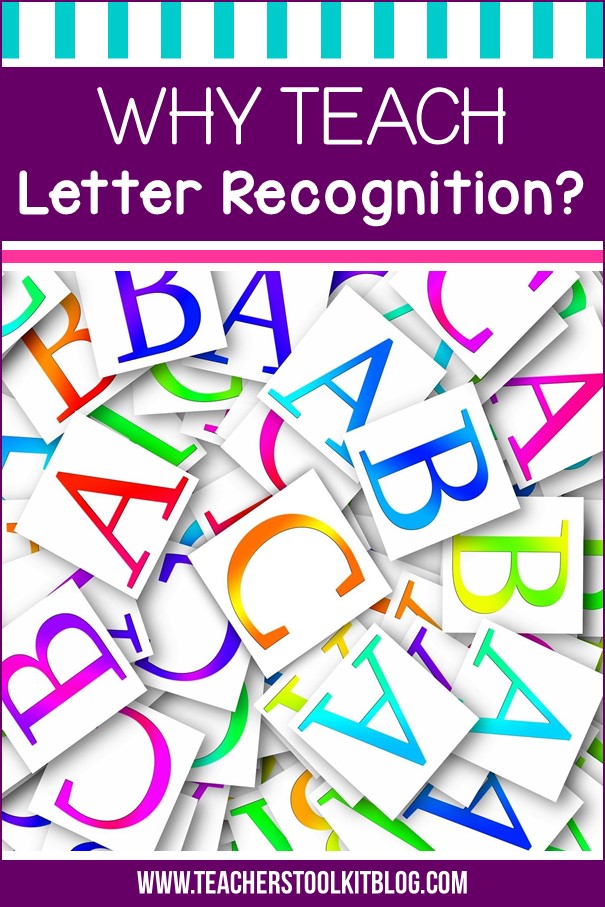We live in a world where technology abounds and even the youngest of students is adept at using anything from a computer to a tablet. The art of handwriting has gradually become lost with the advancement of technology, causing a decline in the ability to write competently and legibly. While technology serves a vital purpose, it is important that children are taught early in life how to master handwriting skills for the following reasons…..

1. Research has shown that there is a positive correlation between good handwriting skills and increased academic performance in both reading and math. A study by Dinehart and Manfra (2013), ‘Handwriting in Early Childhood Education,’ examined whether the fine motor skills of over 3,000 preschoolers predicted their future academic achievement. They concluded that Pre-K students with good fine writing motor skills outperformed their peers in both reading and math by second grade.
2. When we write something down, it tends to resonate better in our brains. A study by Mueller and Oppenheim (2014), entitled ‘The Pen Is Mightier Than The Keyboard’, tells us that “Longhand note takers engage in more cognitive processing than laptop note takers, thus selecting more important information to include in their notes, which enables them to study this content more efficiently.” This subsequently enables a better retention of facts.
3. Time devoted to the teaching and learning of letter formation in the early years will eventually show results. Legible writing that can be produced comfortably and at speed, allows a child to attend to the higher-level aspects of writing composition and content, with greater focus. This is important when assessments are based on written work, particularly in written examinations with time constraints. Without fast and legible handwriting, students may miss out on learning opportunities and under-achieve academically.
4. There are just some things we NEED to do with paper and pen. Think about those handmade cards you are planning to make in your classroom this year – these mementos will be even more special and meaningful to parents when they contain their child’s own unique handwriting. As adults, jotting down a shopping list, writing a birthday card, taking down a phone message, completing a form at the bank shows us that handwriting is part of our daily lives. Also, beyond formal education, most employment situations will involve at least some handwriting and may require the communication of critical information (e.g. medical notes, prescriptions).
Click the image below to explore this handwriting pack.

You may also be interested in:
I will leave you with one last thought – handwriting still forms a unique part of our culture and identity – this is something that we should not forego so easily.



